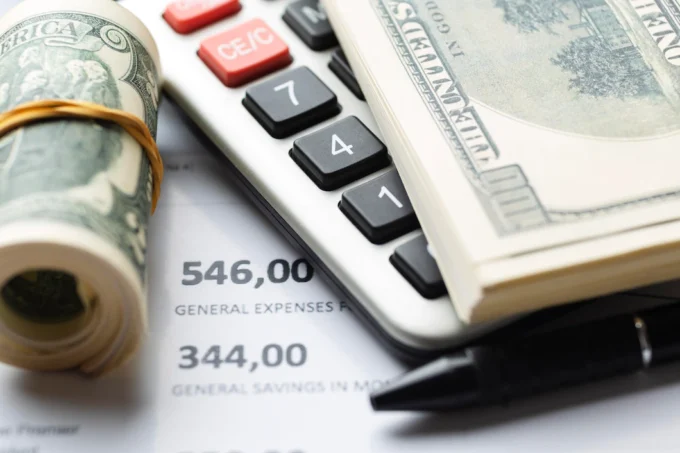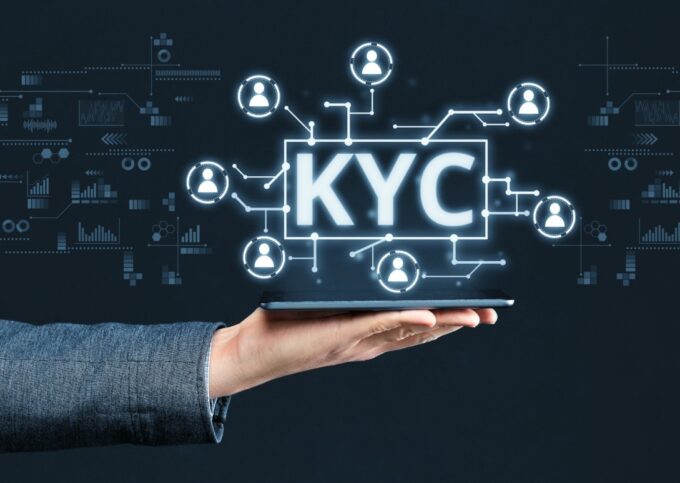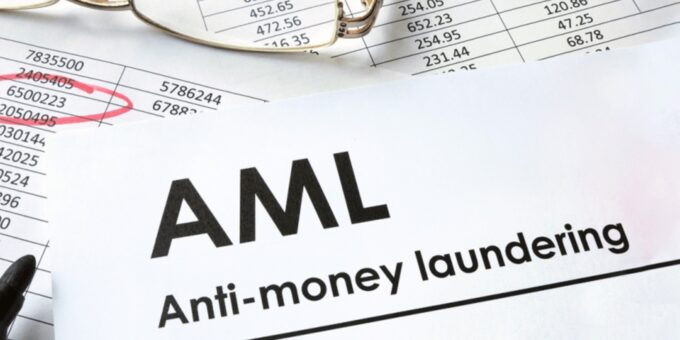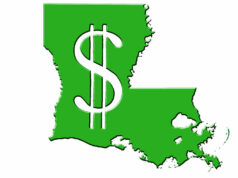Money laundering is the process of concealing the origins of illegally obtained money. It is a severe problem that can have devastating consequences for businesses, governments, and individuals.
Businesses are particularly vulnerable to money laundering because they often deal in large sums of cash, have customers from all over the world, and are not always well-regulated. Money launderers can use businesses to launder money by making deposits or purchases with dirty money and then withdrawing or transferring the funds to a clean account.
To protect your business from money laundering, it is essential to understand the risks, develop internal policies and procedures, train employees, cooperate with authorities, and monitor transactions. If you do not have a robust system in place, your business might be at risk of money laundering.
Why does money laundering occur?
There are three primary reasons why money laundering takes place:
1. To conceal the illegal origins of the money.
2. To avoid tax payments.
3. To finance criminal activities.
How does this laundering work?

There are many ways that money launderers can use businesses to launder money. Some standard methods include:
1. Depositing dirty money into a business account and then withdrawing it as clean money. This conceals the true nature of the transaction.
2. Making purchases with dirty money and then transferring the funds to a clean account.
3. Invoicing for fake products or services and then pocketing the payments.
4. Using a business to funnel money to other businesses or individuals.
What are the consequences of money laundering?
Money laundering can have severe consequences for businesses, governments, and individuals. Some of the potential impacts include:
1. Reputational damage. Money laundering can damage the reputation of a business, making it difficult to attract future customers and partners, as they will not trust your company as secure.
2. Financial losses. Money laundering can lead to financial losses for businesses through direct theft or fraud or indirect losses such as higher taxes and regulatory fines. This can potentially lead to your company going out of business if the laundering is that severe.
3. Legal problems. Businesses used for money laundering can be subject to investigations and prosecution. This can result in significant legal fees and possible prison sentences for those involved.
4. Increased crime. Money laundering can finance criminal activities such as drug trafficking, terrorism, and human trafficking.
What types of money laundering are there?

There are three main types:
1. Placement. This is the first stage of money laundering and involves introducing dirty money into the financial system. This can be done by making deposits into a bank account or by purchasing assets such as property or artwork.
2. Layering. This is the second stage of money laundering and involves creating complex financial transactions to make the origins of the money more difficult to trace. This can be done by transferring funds between different bank accounts or using shell companies to hide ownership.
3. Integration. This is the third stage of money laundering and involves integrating the dirty money into the legitimate economy. This can be done by investing in a legitimate business or using the money to purchase luxury goods.
What are some ways to protect your business from money laundering?
There are several steps that businesses can take to protect themselves from money laundering:
1. Understand the risks. It is essential to be aware of the signs of money laundering and the methods that launderers use, this means you can be vigilant and aware in the future.
2. Develop internal policies and procedures. Put policies and procedures in place to prevent and detect money laundering; KYC and AML are particularly useful.
3. Train employees. Educate employees on how to spot the signs of money laundering and what to do if they suspect it is taking place.
4. Cooperate with authorities. If you suspect money laundering, cooperate with law enforcement to conduct a detailed investigation.
5. Monitor transactions. Use transaction monitoring software to flag suspicious activity.
By taking these steps, businesses can protect themselves from money laundering and the devastating consequences that it can cause.
What is KYC?

KYC stands for “know your customer” and refers to verifying a customer’s identity. This is typically done by collecting identifying information such as a name, address, and date of birth. Businesses use KYC to prevent money laundering, fraud, and other illegal activities.
What is AML?

AML is “anti-money laundering” and refers to the laws and regulations preventing money laundering. These laws require businesses to take measures such as KYC to ensure that their customers are legitimate.
How can KYC and AML prevent money laundering?
KYC and AML are effective tools for preventing money laundering. By verifying a customer’s identity, businesses can ensure that they are not dealing with criminals or terrorists. By following AML regulations, companies can create a paper trail that makes it difficult for launderers to hide their activities. Investing in these services can be a great way to prevent laundering in your business. Click here for more information on KYC hub, a company that offers expert KYC services to prevent money laundering.
What are some red flags of money laundering?

Some red flags that may indicate money laundering include:
1. Large or frequent cash deposits into an account without proper explanation.
2. Deposits that are structured to avoid reporting requirements, concealing their true nature.
3. Customers who are reluctant to provide information about their identity or transactions.
4. Transactions that have no apparent business purpose.
5. Customers who attempt to mask their identity by using multiple bank accounts or shell companies.
Overall
There are several steps that businesses can take to protect themselves from money laundering, such as understanding the risks, developing internal policies and procedures, training employees, cooperating with authorities, and monitoring transactions. Money laundering can damage a company’s reputation, finances and overall business. This is why it is essential to have a system in place to protect your company and stop laundering.









